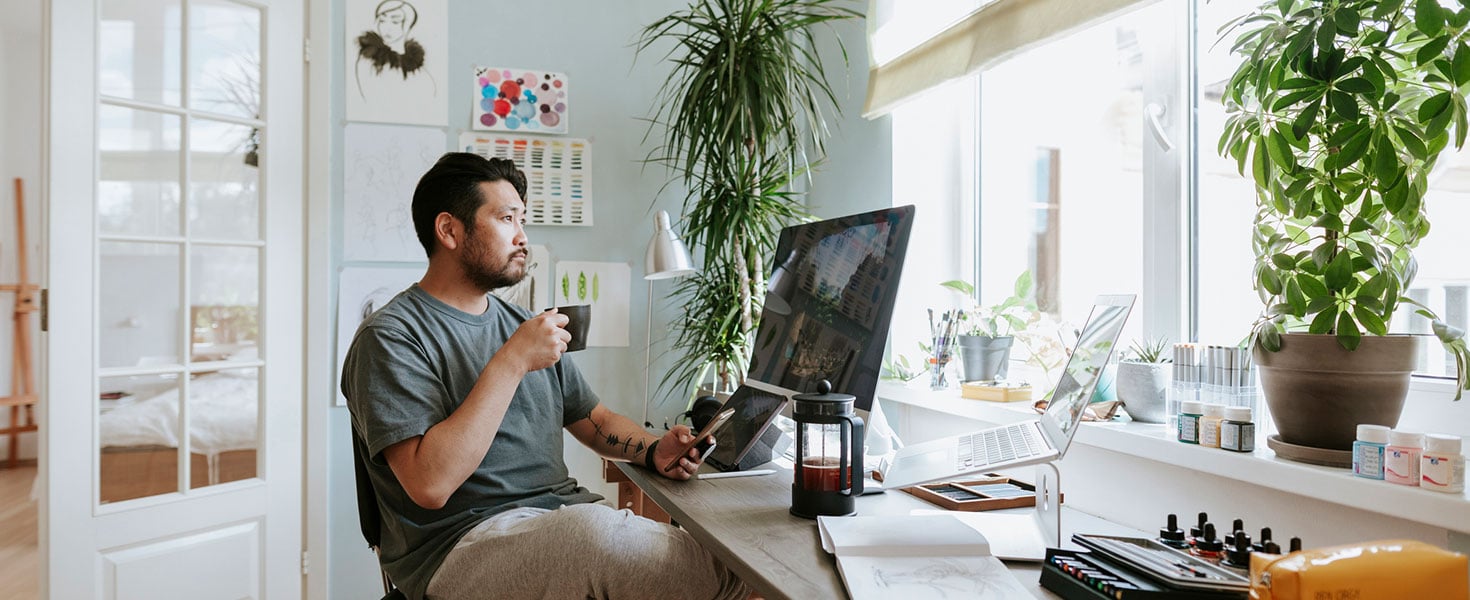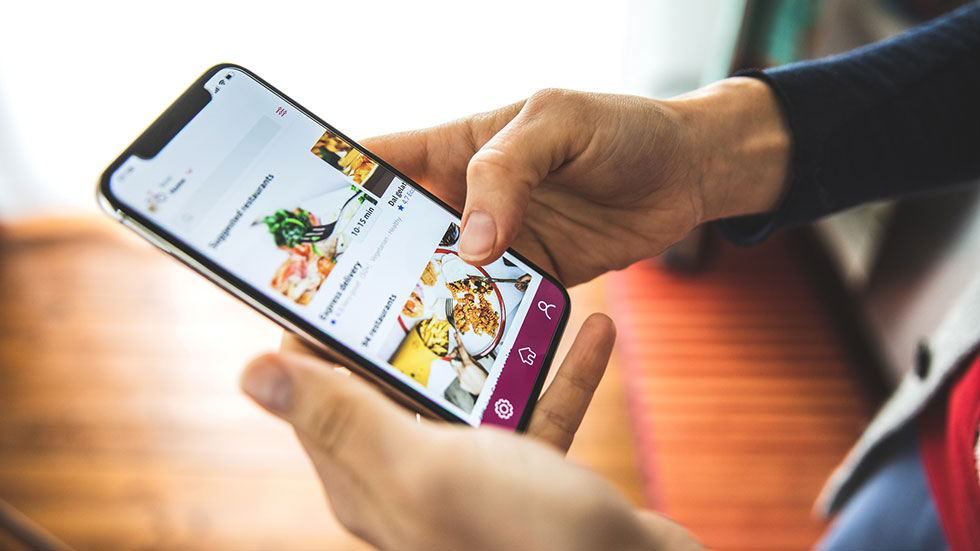

Over the last two years, consumer habits have drastically changed. Shutdowns, social distancing, and shifting priorities have forced many companies to focus on how to serve their customers digitally or differently and caused many consumers to rethink how they make purchases.
While the past couple years have been challenging for many, there are a number of changes and trends we saw that were positive and likely are here to stay. Here are five examples of pandemic-related trends that won’t be going away any time soon.

ONLINE CAR BUYING
Shopping for cars online isn’t a new concept. Many consumers research vehicles and compare prices on the Internet before deciding what they want to test drive and where they want to purchase from.
However, there’s recently been a shift in how people make the final purchase. Instead of going to a new or used dealership location, there are now options to find a car you like and get it delivered to your home for a test drive. Then, if you like the vehicle, you can complete the purchase online—without having to set foot in a dealership.
Test drives can last anywhere from 30 minutes to a full week to give you a real feel for the vehicle before committing. This has changed the game for auto dealers and salespeople, making the test driving and purchasing process easier and more pleasant for customers.

CURBSIDE PICKUP
When people were avoiding going inside a store, many companies had to pivot to a curbside-pickup model for both convenience and safety. From grocery stores to general stores like Walmart and Target, consumers were able to place an order online or through the store’s app and pick it up from the parking lot.
The ease and convenience of curbside pickup is likely a change that’s here to stay, as many customers prefer to pick up their order rather than shopping or going inside the store. Pickup processes will likely get more sophisticated as companies make the change more permanent.

GROCERY AND MEAL DELIVERY
In addition to curbside pickup, the use of grocery- and meal-delivery services have skyrocketed. Millions of consumers have their groceries or meals delivered from retailers like Walmart and Amazon, grocery stores like Kroger, and companies like Instacart, Grubhub, Uber Eats, and DoorDash.
Prior to the pandemic, these services were considered “niche” and not widely used. With a need for such drastic and rapid evolution, they’ve made it easier than ever to have your groceries and food delivered right to your door, often with contactless delivery.

TELEMEDICINE
Even some doctors’ offices and facilities closed during the pandemic, but people still needed healthcare. This forced a shift in the way medical practices and hospitals approached medicine with patients.
Telemedicine services, where a provider meets with a patient virtually through video conference software, offer convenience, ease, and the ability to get the medical assistance you need from the comfort of your home. While it’s a little less personal and not all appointments can take place virtually, it’s likely an option that will continue to be offered.

WORKING REMOTE
In March 2020, millions of Americans began working remotely due to shutdowns and safety concerns. While many companies and employees had to scramble to adjust, software like Zoom, Slack, and Microsoft Teams made remote work easier and more accessible.
According to Forbes, 74% of professionals expect remote work to be the new standard, and only 3% of employees surveyed said they want to return to a physical office full time.
Others report working from home even improved productivity and employee satisfaction, as well as work-life balance and mental health. This all means work from home is likely here to stay for those who are able.
